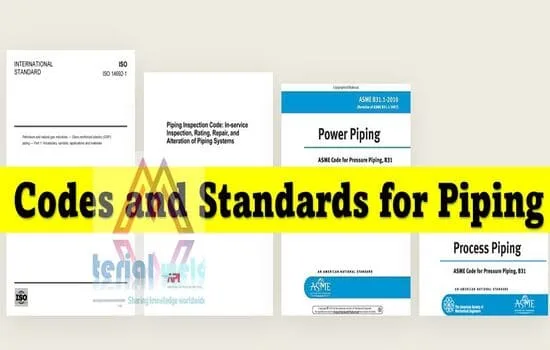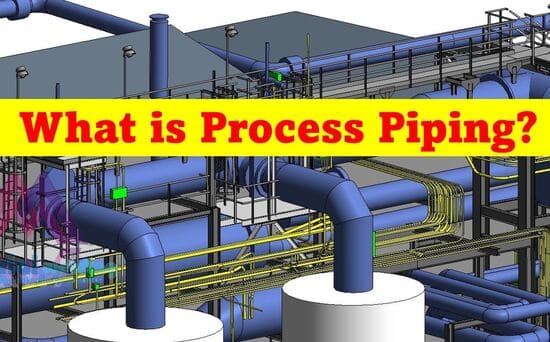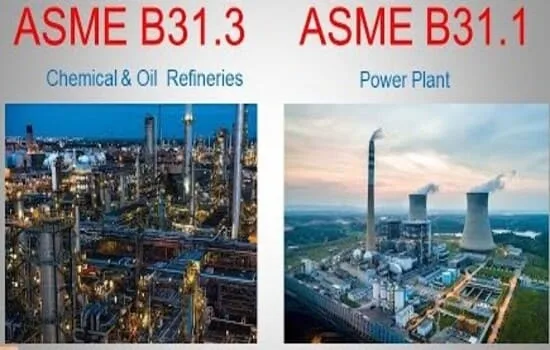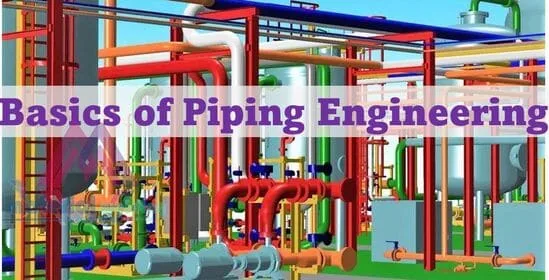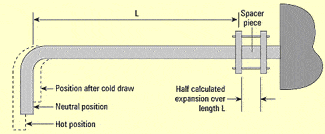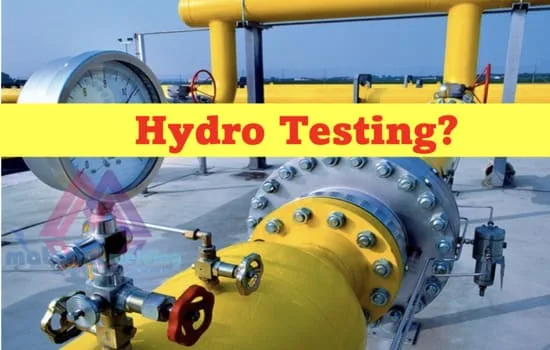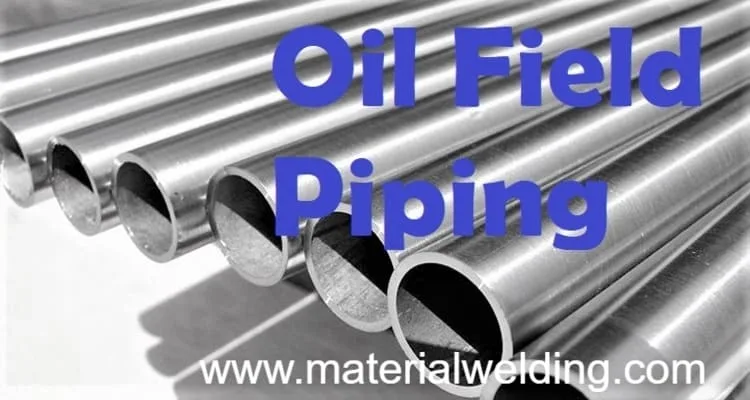Power piping plays a crucial role in a variety of industries, including the energy sector, power plants, and manufacturing plants. However, many people are not aware of what power piping is, its types, and the differences between power piping and process piping. In this blog post, we will delve into the world of power piping, providing an overview of its meaning, types, codes, standards, and the key variations between power and process piping.
What is Power Piping?
Power piping is a system of pipes, valves, fittings, control instruments and support structures designed to transport high-pressure-high-temperature steam, hot water, and other fluids, which are critical in power generation and industrial processes. These systems are used to transfer heat and energy throughout a facility, ensuring the efficient operation of equipment and maintaining the desired temperature, pressure, and flow.
Types of Power Piping
There are several types of power piping systems, each with its purpose and characteristics. Some of the common types include:
- High-pressure steam piping: These systems are designed to transport high-pressure steam from boilers to turbines and other equipment in power generation plants. The piping must withstand hightemperatures and pressures to ensure safety and reliability.
- Hot water piping: Hot water piping systems are used to distribute hot water throughout a facility for heating purposes or industrial processes. These systems typically operate at lower pressures than high-pressure steam piping but still require robust materials and design to handle the elevated temperatures.
- Compressed air piping: Compressed air piping systems are essential in many industries for powering tools, equipment, and processes. These systems transport compressed air from compressors to the point of use, maintaining pressure and flow to meet the demands of the operation.
- Hydraulic piping: Hydraulic piping systems are utilized in various applications, including heavy machinery and industrial equipment, to transmit power and control motion. These systems use incompressible fluids like hydraulic oil to transfer force and energy.
Power Piping Codes & Standards
To ensure safety, reliability, and performance, power piping systems must adhere to specific codes and standards. Some of the most widely recognized codes and standards for power piping include:
- ASME B31.1 – Power Piping: Published by the American Society of Mechanical Engineers (ASME), this code sets the requirements for the design, fabrication, installation, inspection, testing, and maintenance of power piping systems. ASME B31.1 is widely used in the United States and many other countries.
- EN 13480 – Metallic Industrial Piping: This European standard covers the design, fabrication, installation, and inspection of metallic industrial piping systems, including power piping applications. EN 13480 is harmonized with the European Pressure Equipment Directive (PED) and is widely used in Europe.
- AS 4041 – Pressure Piping: Developed by Standards Australia, this standard specifies the requirements for pressure piping systems, including power piping applications. AS 4041 is primarily used in Australia and New Zealand.
What is a Power Piping System?
A power piping system is an interconnected network of pipes, valves, fittings, and support structures designed to transport high-pressure steam, hot water, and other fluids. These systems are critical in power generation plants, as well as various industrial processes where heat and energy must be efficiently distributed and controlled.
Key components of a power piping system include:
- Pipes: The primary conduits for transporting fluids throughout the system.
- Valves: Devices that regulate, direct, or control the flow of fluids by opening, closing, or partially obstructing the flow path.
- Fittings: Components used to connect, redirect, or terminate the flow in piping systems.
- Support structures: Devices and structures that provide stability and support to the piping system, reducing stress and preventing damage.
Difference Between Power Piping and Process Piping
While both power piping and process piping are used to transport fluids, there are some key differences between the two:
- Purpose: Power piping systems are designed to transport high-pressure steam, hot water, and other fluids for heat and energy transfer. In contrast, process piping systems are used to transport various fluids, gases, and chemicals involved in industrial processes and manufacturing.
- Operating conditions: Power piping systems typically operate at higher temperatures and pressures compared to process piping systems. This difference necessitates the use of more robust materials and designs for power piping.
- Codes and standards: Power piping systems must adhere to specific codes and standards, such as ASME B31.1, that focus on the unique requirements of high-pressure, high-temperature applications. Process piping systems are governed by different codes and standards, such as ASME B31.3 – Process Piping, which address the specific needs of process industries.
In conclusion, power piping plays a important role in many sectors by facilitating the safe and efficient transport of high-pressure steam, hot water, and other fluids. Understanding the types, codes, standards, and differences between power and process piping is crucial for designing, installing, and maintaining a reliable and efficient power piping system. This is also very vital for piping engineers and inspectors to understand these points.
